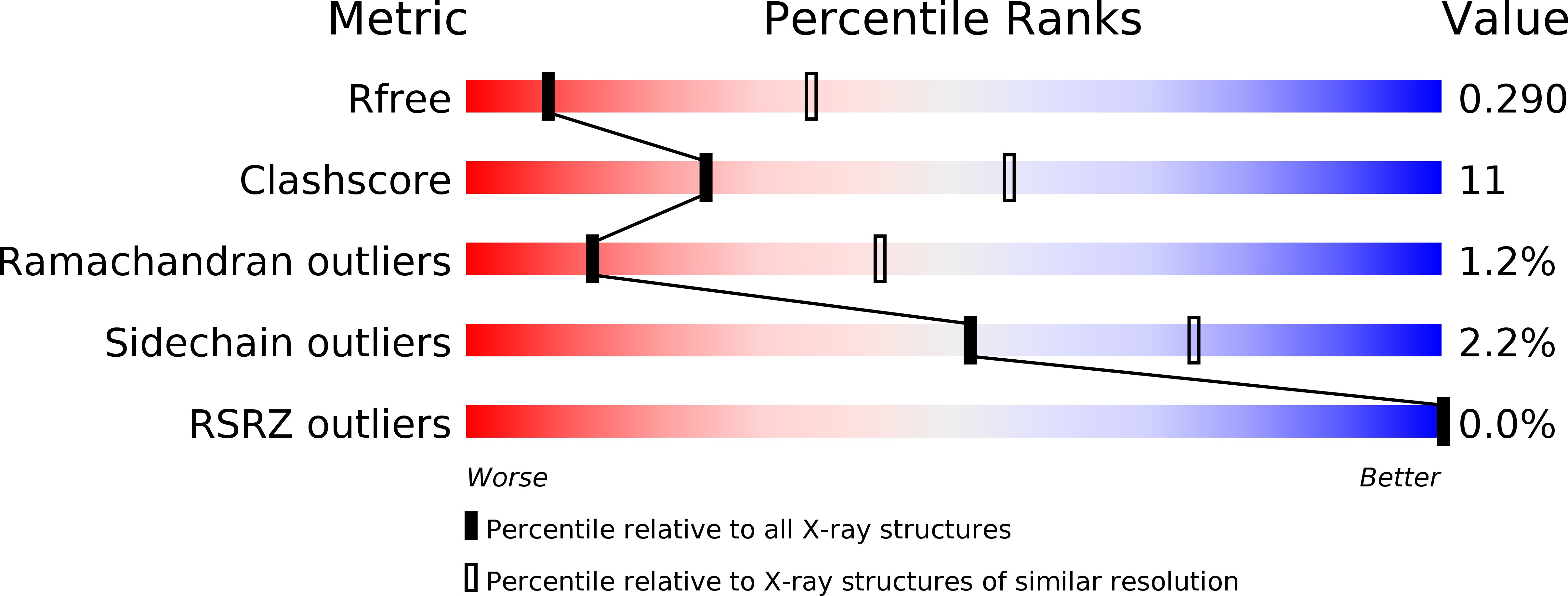
Deposition Date
2011-09-15
Release Date
2012-01-25
Last Version Date
2023-09-13
Entry Detail
PDB ID:
3TTO
Keywords:
Title:
Crystal structure of Leuconostoc mesenteroides NRRL B-1299 N-terminally truncated dextransucrase DSR-E in triclinic form
Biological Source:
Source Organism:
Leuconostoc mesenteroides (Taxon ID: 1245)
Host Organism:
Method Details:
Experimental Method:
Resolution:
3.30 Å
R-Value Free:
0.29
R-Value Work:
0.22
R-Value Observed:
0.22
Space Group:
P 1


